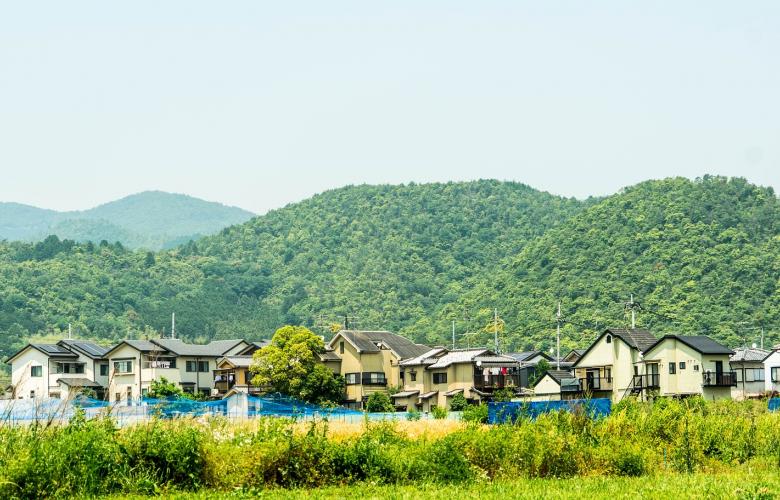Very important information to read:
This article is intended as a preliminary guide only and refers to some but not all elements required to consider in detail prior to starting any property dealings or due diligence. Property dealings are often complex, especially in foreign countries and we highly recommend you seek independent professional advice... read more... Chances are that you have read the story before in international media: Japan’s population is declining and faced with a rapidly aging society, especially in the countryside. By now, rural Japanese towns are so desperate for younger residents that they are giving houses away for free. While this is technically true for a handful of towns across Japan, this is certainly not commonplace yet — and the schemes to get a house are not 100% free, with applicants needing to fulfill certain conditions.
Where are the houses?
In 2015, two towns made news with building and giving away houses to young families: Shichikashuku in Miyagi Prefecture and Tsuwano in Shimane Prefecture. In May 2018, Okutama, which is actually part of the Greater Tokyo Area but remotely located, joined their ranks as the town looked for housing applicants. Applications have now closed and the new Okutama citizens are expected to move in in January 2019.
It is likely that more towns will jump on the bandwagon in the future, so keep an eye on the news (or subscribe to our Newsletter).
What are the conditions?
First of all, the house is not really free. Rented out at a very low rate with the option to become the owner after a certain amount of time describes the free-housing schemes more accurately. For example, in Shichikashuku, the rent for one of the detached houses provided by the municipality is JPY 35,000 per month. Should you stay faithful to the town and continuously live there, the ownership of the property, home and land, will be handed over to you after 20 years. This would equal paying a JPY 8.4 million (approx. USD 74,000) mortgage to make the home yours, which is still a very good price.
For the current Okutama scheme, the rules are similar: JPY 50,000 per month and the home will be in your name after 22 years.
However, not everyone can apply. In Okutama, only young families are considered. The parents must be under 43 years old and their children under junior high school age. Families with a lot of children are welcome: for each child in addition to your first, the monthly contribution that is required to the town will be reduced by JPY 5,000. Or in the words of an Okutama representative: “If a family with 10 children participates in the scheme, they will actually live here for free.”
While newly built, the houses are not especially large however. While the eight homes that were built in Miyagi for the project measured a sizable 125 sq m and had three bedrooms, the Okutama homes only offer around 50 sq m, which could be a squeeze for a family blessed with numerous young children. They do however come with a garden and parking space.
Yet, Okutama reported in April 2018 that they already had several applicants for the tiny house properties.
Are there any alternatives?
If you aren’t married, don’t have children, are not young enough anymore or are not sure if you want to continue living in your new rural home for several decades, buying an akiya (abandoned house) might be a better alternative. There are an estimated 10 million abandoned homes in Japan, many in the countryside. Not all of them are up for sale, but amongst those that are, there are properties that can be turned into something beautiful with renovation efforts. Akiya often sell for as little as a few million yen and are a hassle-free alternative to the free-housing schemes popularized by the media.
Furthermore, some akiya are actually free and sold at the cost of JPY 0. This is usually because the owners cannot take care of the property anymore or do not want to pay the property tax that applies in Japan for a home that they do not use. This website (in Japanese) has a list of free abandoned homes that are up for grabs.
By Mareike Dornhege
Similar to this:
Akiya banks: Real estate listings promoting sales of abandoned Japanese home
Old versus new properties in Japan: Which to choose?
Resale value of second-hand apartments in Tokyo in 2017 soars
What everyone gets wrong about Akiya in Japan
Very important information to read:
This article and the above linked articles are not complete and are intended as preliminary guides only. These guides refer to some elements to consider prior to starting any property dealings or due diligence. Property dealings are often complex areas, especially in foreign countries and we highly recommend you seek independent professional advice... read more... 




